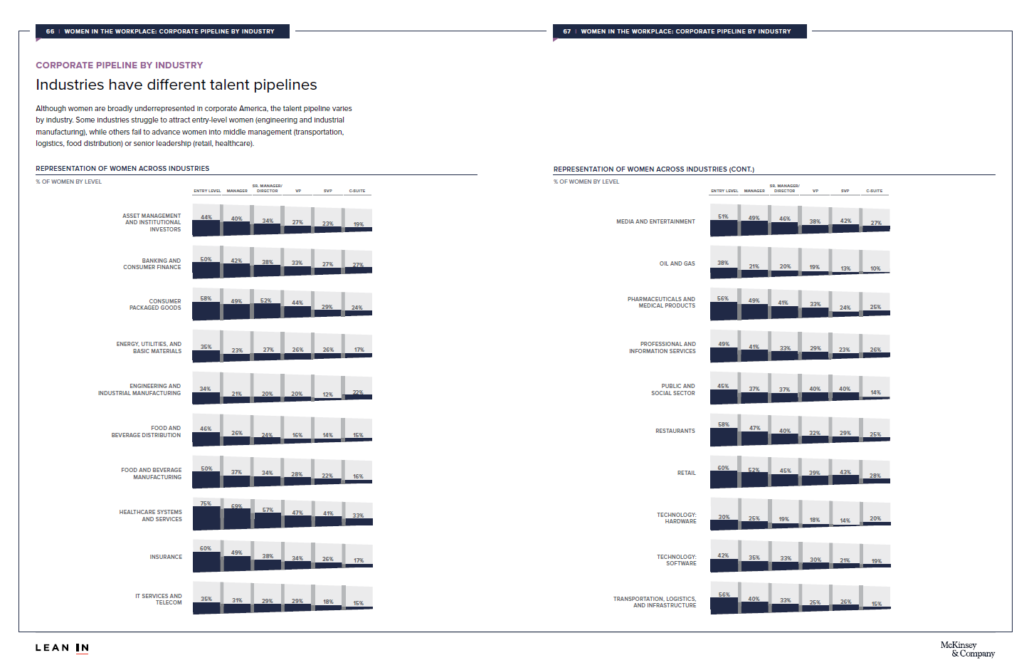At one bank, the cumulative effect of male bonding accounts for 39% of the gender pay gap
Women are half the workforce, yet they don’t get promoted at nearly the same pace as men. A National Bureau of Economic Research working paper by Harvard’s Zoe Cullen and UCLA Anderson’s Ricardo Perez-Truglia suggests male bonding is in large part to blame. The “male-to-male advantage” in promotions could account for 39% of the gender gap in pay.
Cullen and Perez-Truglia examined the dynamics behind male-to-male employee-manager relationships in a large multinational Asian bank that mirrors the pay and promotion gender gaps of North American firms. The authors determined that male employees assigned to male managers were promoted at a faster rate than the male employees assigned to female managers. The female employees, on the contrary, were promoted at the same rate regardless of whether they had female or male managers. The higher promotion rate of male employees under male managers occurred despite no observable increase in revenues or time worked. What did matter, though, was that the employee and manager worked closely together.
At the bank they studied, 75% of entry-level employees and 61% of middle managers are women (versus 48% and 38%, respectively, in the average North American firm). Only 25% of C-level positions in the Asian bank are held by women, roughly comparable to the 21% in North America.
Opt In to the Review Monthly Email Update.
Why do the percentages drop so precipitously the higher women climb? In its 2019 Women in the Workplace study, McKinsey & Company observes the source of those North American statistics: “The biggest obstacle women face on the path to senior leadership is at the first step up to manager. For every 100 men promoted and hired to manager, only 72 women are promoted and hired … This early inequality has a long-term impact on the talent pipeline.”

That’s a significant reason, McKinsey reports, why women continue to earn less than men (81 cents on the dollar, according to federal labor data). It’s not only that women and men often are paid differently for the same job, but that so few women advance to higher-paid positions.
It’s at that crucial first step up to manager that Cullen and Perez-Truglia chose to focus their research. Using four years (2015–2018) of anonymized human resources data, the authors looked at 10,101 manager transitions involving 6,536 unique employees and 706 unique managers. They assessed transitions in which employees switched from a manager of one gender to a manager of another gender, as well as transitions in which employees switched to a manager of the same gender as their previous manager.
In addition to reviewing HR data, Cullen and Perez-Truglia surveyed employees in the bank’s largest division, asking them to self-report managers with direct influence over their careers and asking questions to ascertain how closely employees worked with those managers. Then the survey turned to socialization: How often did the employee and manager take breaks together? How frequently did the two exchange personal emails? Did the employee know the manager’s favorite sports team? Of the 4,847 employees asked to participate in the survey, 3,345 completed it.
The picture that emerged was one of straight-up male solidarity. Men who switched from a female to a male manager were 23% likelier than before to take breaks with the manager.
Then, 10 quarters after these manager transitions, those male employees were being paid at least 13% more than male employees who’d switched from a male or female manager to another female manager — evidence, the authors say, of movement to higher pay grades consistent with promotions. Female employees, meanwhile, had the same career progression regardless of manager gender.
That timing — the 10 quarters — is important. If discrimination or chauvinism were at play, you’d expect more immediate effects. But this male-to-male advantage developed slowly, consistent with the time-intensive process of building relationships. “Only after the first year do we begin to see a gap in the promotion rates between men and women,” the authors write. “Socialization involves developing affinities through spending time together during breaks or other activities, which requires a meaningful amount of time to develop.”
Cullen and Perez-Truglia hope their methodology will be applied to other firms in the U.S. and elsewhere, to identify in which contexts the gender bias is most pronounced. The authors also suggest that companies could combat this sort of favoritism by standardizing promotion requirements, involving multiple managers in promotion decisions and offering gender-neutral socializing activities.
Featured Faculty
-
Ricardo Perez-Truglia
Professor of Economics; Justice Elwood Lui Endowed Term Chair in Management
About the Research
Cullen, Z., & Perez-Truglia, R. (2019). The old boys’ club: Schmoozing and the gender gap.






